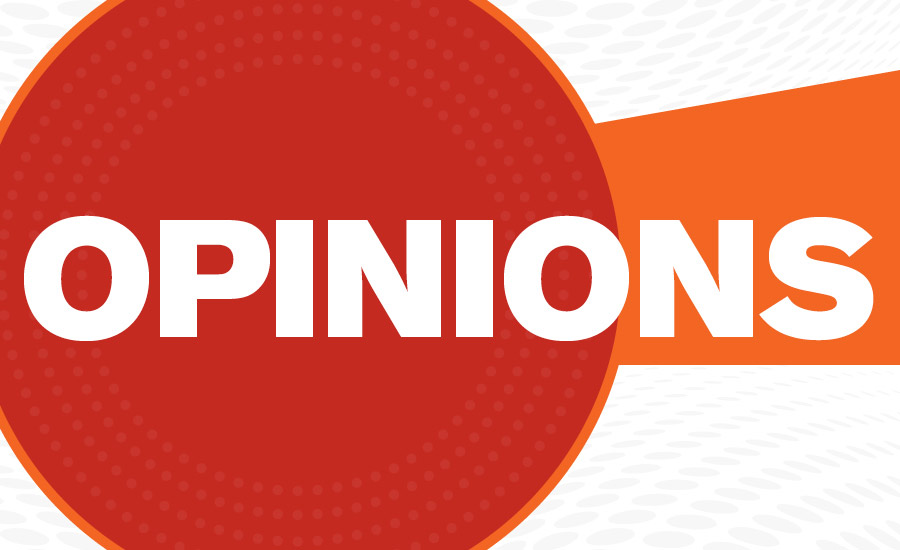Well, that didn’t take long. The new U.S. tariffs on steel and aluminum imports went into effect at the end of March, and many manufacturers are already raising prices on equipment. Even though several countries were exempted from the 25 percent tariff on steel and 10 percent tariff on aluminum, including Mexico and Canada, the cost of metals started to increase almost immediately. As a result, manufacturers started raising prices on their equipment in April — anywhere from 2 to 12 percent — and this will ultimately hurt consumers.
Even though President Donald Trump talked tough on trade before becoming president, the move to slap tariffs on steel and aluminum imports came as a bit of a surprise. And since then, he has threatened to place an additional $100 billion in tariffs on Chinese imports, including additional 25 percent tariffs on various HVACR components, such as compressors, controls, and furnace burners. In retaliation, China is considering its own tariffs on American-made goods.
As far as the steel tariffs are concerned, Trump believes they are necessary to ensure the U.S. has enough of the metal to meet demands for defense and critical industries in case of a national emergency, and he also thinks they will help protect American jobs. However, many economists think the tariffs will have the reverse impact on employment, with thousands more jobs lost than created as a result. The Air-Conditioning, Heating, and Refrigeration Institute (AHRI) agrees with this assessment, adding that tariffs on steel and aluminum will negatively impact both manufacturers and consumers.
For manufacturers, the new tariffs mean that they are paying more for the raw materials needed to construct HVACR equipment. As heavy users of aluminum and steel — both of which are becoming more expensive — manufacturers are no longer able to absorb the higher prices, and they are passing the increased costs along to consumers.
So consumers will have to pay more to replace their mechanical equipment. But if the cost is too high, they may simply opt to repair rather than invest in a new system, said Paul Stalknecht, ACCA president and CEO.
“When the price of HVACR equipment increases, consumers who are in need of a new system trend toward cut-rate and unqualified individuals to service or replace their equipment,” he said. “It also shifts the mindset of consumers to opt for putting Band-Aids on aging systems instead of replacing them with today’s more efficient products.”
If homeowners are in particularly dire straits and cannot afford to repair or replace their HVAC equipment, they may opt for space heaters or window air conditioners to get them through the season. We saw this happen when the SEER rating for air conditioners was raised from 10 to 13, and again when manufacturers had to start producing systems that used R-410A instead of R-22. In both cases, the cost of cooling equipment increased significantly, and as a result, some contractors (and manufacturers) reported that homeowners were choosing to buy window units at Walmart, because they could not afford to have their systems repaired.
Higher priced mechanical equipment could also come at a bad time for the commercial refrigeration market, especially as federal and state governments increase pressure on end users to replace systems that use HFCs with units that utilize refrigerants, such as ammonia or CO2, which have a lower GWP. This is a costly undertaking for many supermarkets and convenience stores to begin with, and if refrigeration equipment becomes prohibitively expensive, it may lead owners and managers to keep repairing what they already have rather than invest in expensive new systems.
The tariffs have also caused a lot of volatility in the stock market, and there is fear they might result in higher inflation, which has been pretty stable for the last few years. Both of these could lead consumers to lose confidence in the strength of the economy and pull back on spending.
So far, the economy is continuing to do well, and unemployment remains low. But if tariffs result in the predicted job losses, increased inflation, more expensive mechanical equipment, and stock market volatility, they will be a bad deal for most Americans — and especially for the HVACR industry.
Publication date: 5/7/2018
Want more HVAC industry news and information? Join The NEWS on Facebook, Twitter, and LinkedIn today!


Recent Comments
Heat Pumps Fail To Perform When...
Hi, Rod -- I asked the wonderful folks...
transporting A2L refrigerants,
Thank you!
CO2